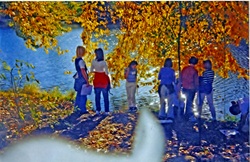
And now what exactly does that mean?
Well - Let's talk about the steps an artist takes in their growing process. First comes the ability to see and reproduce what is in front of the eye. Second or maybe at the same time, comes the ability to master the material.... And this is where many painters stop. They produce painting after painting successfully using their medium to recreate a photograph or an image in front of them. And this can be very successful.
But there are so many more steps beyond that ability! Some may intuitively add their own technique - an unique use of color, space, materials - to enhance the surface image. But what about the next step beyond that?
I would like to call it "creating mindfully." By that, I mean "saying something" in your painting by intentionally manipulating reality. I know what you're thinking! I remember other artists telling me I should use my painting to say something. Well - that really was too much. I didn't have anything political to say when I paint. One suggested I use my father's passing to say how much I missed him. Oh right, and how was I to do that?
So erase that from your mind. We'll be talking more about this in class but what I'm saying here is you, as an artist, have something to say about what you are viewing in front of you.
When the camera was developed we were given the ability to reproduce what is in front of the eye - and very faithfully! Probably even more faithfully than the artist would do. But the image captured was only a result of the inanimate object taking the picture. Think of the Northern California coast or the Grand Canyon. In the hands of a skilled and artistic photographer, it might be argued that the scope of the subject is captured. But generally speaking, it is a pale reflection of what can be produced when filtered through the mind of the artist. The reality of such majesty is easily lost. Much as the Canyon is just gray stones until the sun turns them to fire. Or the sea is just so much expanse until you are surrounded by the mist and spray.
Human beings are amazing creatures! Ask two people to describe what they have seen and they will give widely differing descriptions - all dependent upon their emotions, past experience, etc.
So as artists, we can be, in effect, a camera - recorder - or something much more. And that is what we are going to be thinking about in this class. How do we tell our audience what it is that we are experiencing as we view life?
No two people see the same scene in just the same way. And here are two stories to explain this.
One artist I know accepted a commission to create a painting of a beloved place using an old, faded snapshot from the client's scrapbook. He set to work faithfully rendering the beautiful little rural church and the winding road beside it. He was very pleased and excited to present the finished product but the lady only sighed and said "thank you - it's lovely. But I really wanted a painting of the cemetery where my grandparents are buried." After closer examination of the snapshot the artist saw that there was indeed a cemetery alongside the church but from his experience he had focused on what was beautiful to him... completely missing the headstones.
Of course it can't be said enough that whenever you accept a commission there needs to be lots of questions asked as to what exactly the client is seeing in the photograph! Another example of this is someone who thought she was getting all the information from her client. The transaction was all done by email - with a picture of a wedding party seated around a table. The client explained that it was to be as a present for the couple. So the artist did sketches and received enthusiastic responses. She did the preliminary painting and it was okayed. And then things fell apart. The client was unhappy - didn't the artist see the beauty of the tablescape and why was the focus on the people around the table?
So what does this mean to you as an artist? Even if you may never intend to accept a commission?
What do you want to tell the viewer about what is in front of your eyes. Why are you interested enough in your subject to want to paint it? What captures your imagination? Is it the wedding party and the quirky people interacting? Or is it the tablescape you helped the bride prepare? Is it the cemetery or the church? Or is it the emotion of gloom surrounding a site or the happiness of an event?
These are the things only an artist can capture.
The photograph above was from my archives - taken of some middleschool students I took to Iowa State for an engineering/math conference. it was a beautiful autumn day. Many years ago I painted it as the photo above. A few years ago, I repainted the scene, emphasizing the students in the autumn color.
I plan to repaint this again this year with an eye to capturing the reflections in the water.
So this is what we'll be doing this fall: finding ways to make our paintings tell the viewer what we are experiencing as we paint. We'll create a painting every two weeks, focusing on a different strategy. This first week we'll work with a still life, using with values.
At the end of this class, you should have a photograph of the still life, a black and white value sketch and a color map of the colors you will be using in your painting.
Next week, we'll do a very quick color sketch and paint the still life!
For those who missed the class, please bring a picture of a still life with fruit or vegetables. If you get the chance during the week, go ahead and do a small black and white value sketch.
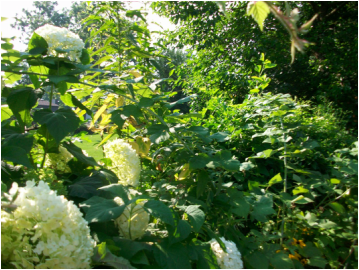
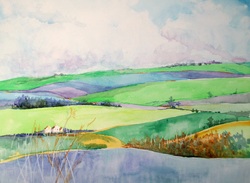
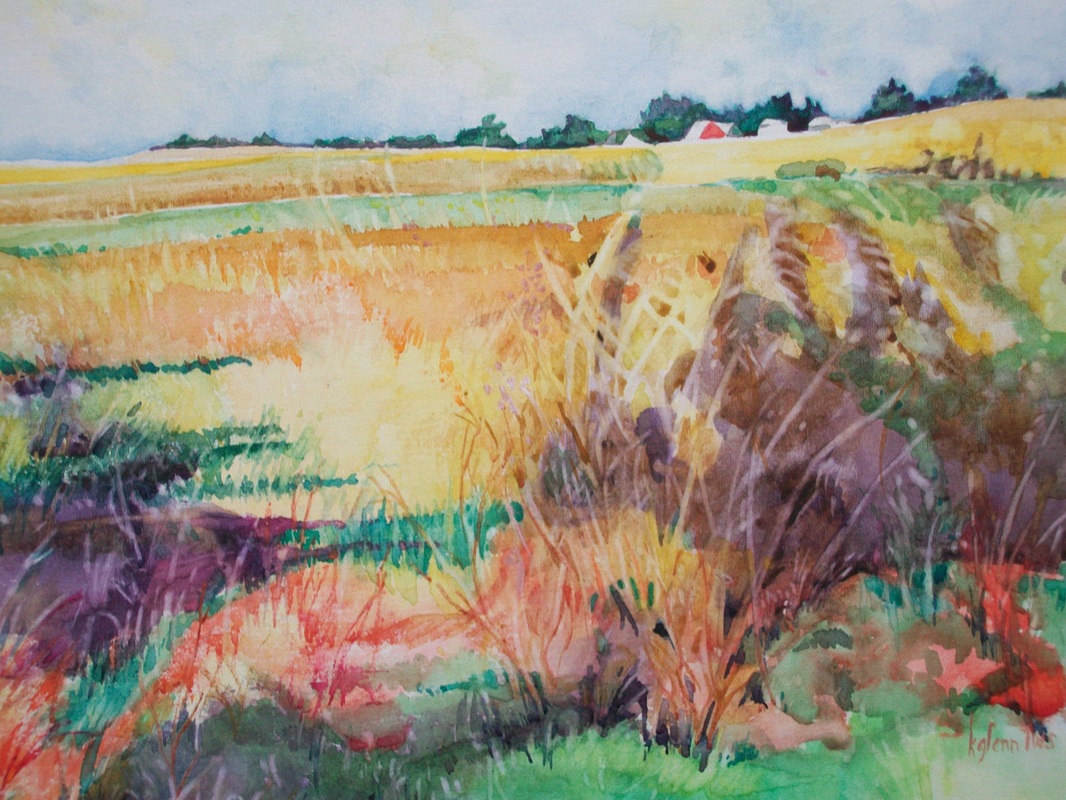
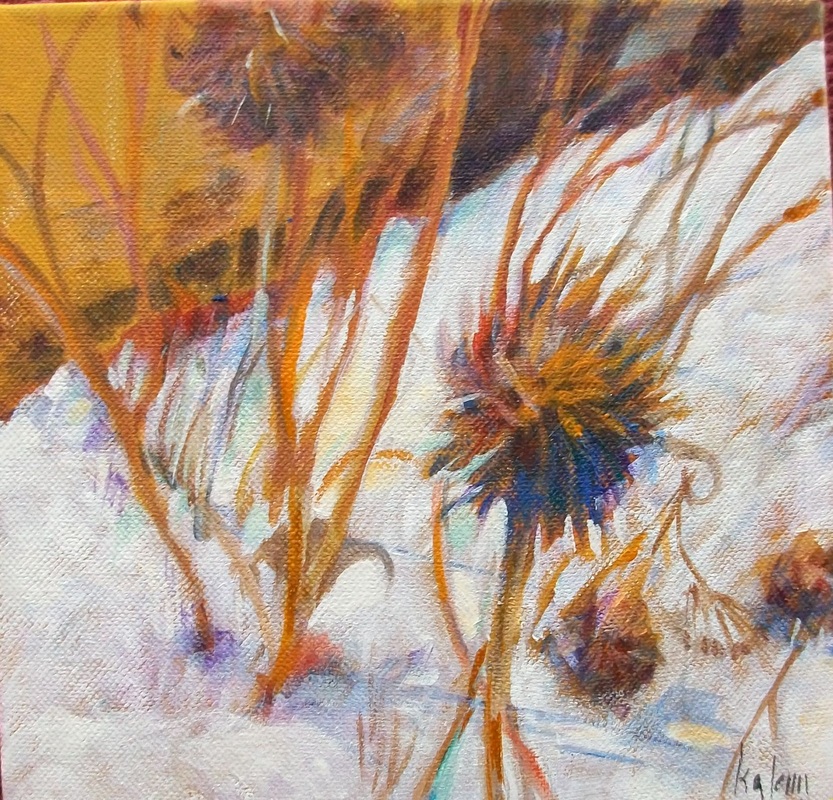
 RSS Feed
RSS Feed